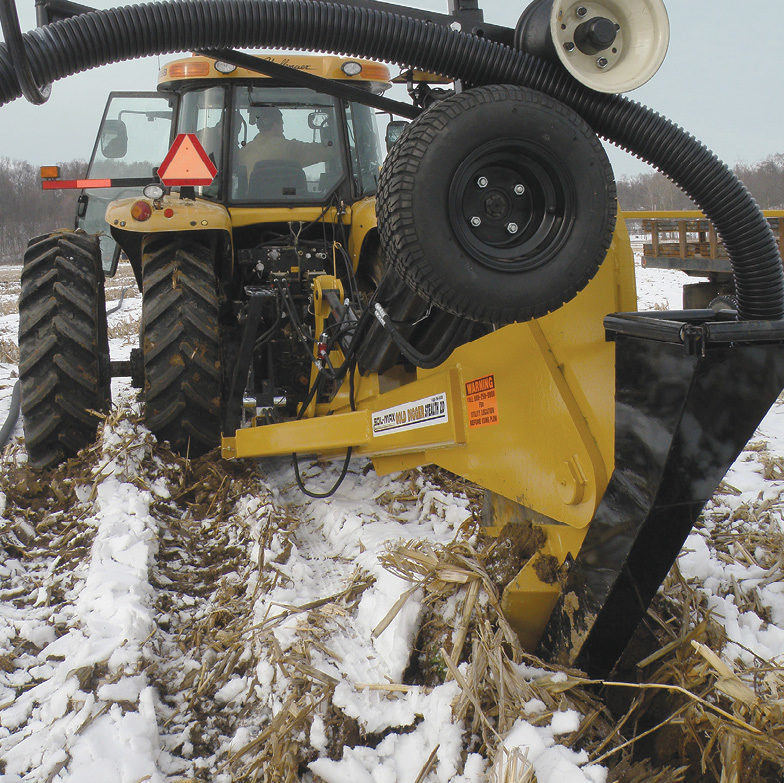No-Till Farmer
Get full access NOW to the most comprehensive, powerful and easy-to-use online resource for no-tillage practices. Just one good idea will pay for your subscription hundreds of times over.

With wet weather in recent years creating poor field conditions and delaying planting and harvesting, drainage is becoming an even more critical tool.
As growers push to get more bushels from every acre, efficient drainage systems are needed to carry away excess water in a timely manner.
But many fields never realize their full potential because of clogged or broken tiles, poor system design or even a lack of records on tile locations.
Research shows that properly designed and installed subsurface drainage can boost yields in poorly drained soils, reduce erosion and compaction issues and make timely field operations possible.
Another objective emerging in drainage is reducing water-quality impacts to local watersheds, such as nitrate runoff through tile lines.
“Proper drainage may be even more important for no-till operations because of potential problems with crop residue and soil warming,” says Dr. Larry Brown, an Extension engineer at Ohio State University.
The biggest challenge in improving drainage systems on farms may be getting the tiles installed at the correct grade so water drains away properly.
The dawn of laser-guided systems have made it easier to find the correct grade. But lasers have limitations on uneven grades or long ranges. They are not geo-referenced and cannot read variations within a grade.
In recent years, new products utilizing GPS technology are allowing no-tillers or contractors to use sub-inch accuracy — both left and right and up and down — to find the correct grade for tiles.
This technology can…